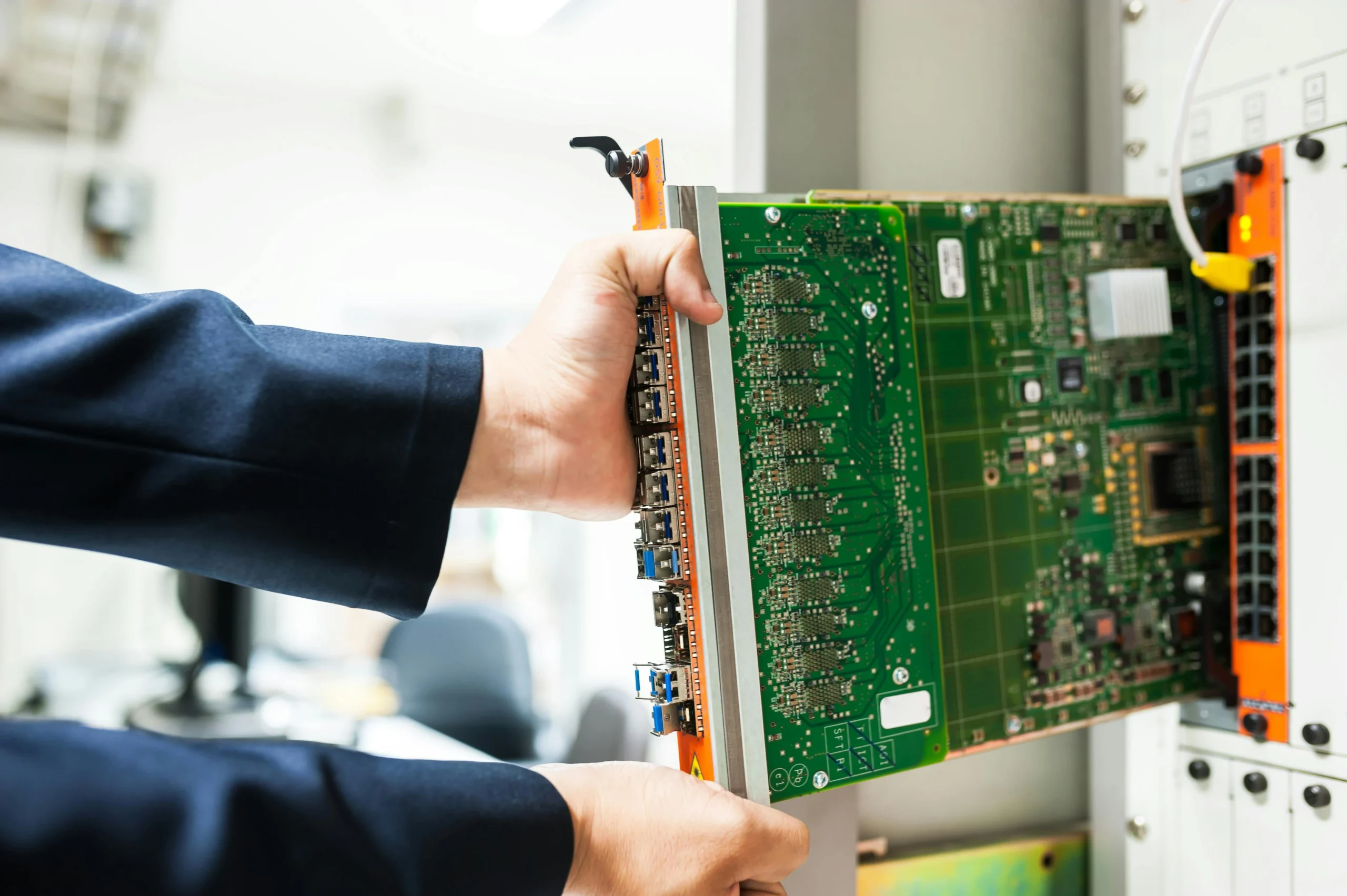In today’s fast-paced digital world, businesses rely heavily on efficient IT services to stay competitive. One critical aspect that often goes unnoticed but plays a pivotal role in ensuring seamless operations is last mile connectivity. Whether you’re a small business owner or managing a large enterprise, understanding last mile connectivity can significantly enhance your IT infrastructure. This article will break down everything you need to know about last mile connectivity, its importance, challenges, and how managed IT services can help you overcome these hurdles.
What is Last Mile Connectivity?
Last mile connectivity refers to the final leg of the telecommunications network that delivers services to the end-user. Imagine a scenario where data travels from a central server through various networks and finally reaches your office or home. The last mile is the connection between the service provider’s network and your location. It’s like the final stretch of a marathon where the runner (data) reaches the finish line (your device).
Why is Last Mile Connectivity Important?
- Speed and Reliability:
The efficiency of your internet connection largely depends on the quality of the last mile. A robust last mile ensures faster data transfer and minimal latency, which is crucial for businesses relying on real-time data processing. - Customer Satisfaction:
For businesses offering online services, last mile connectivity directly impacts customer experience. Slow or unreliable connections can lead to frustrated customers and lost revenue. - Operational Efficiency:
Seamless connectivity ensures that your business operations run smoothly. Whether it’s cloud computing, VoIP services, or remote work, last mile connectivity is the backbone of these technologies.
Challenges in Last Mile Connectivity
Despite its importance, last mile connectivity comes with its own set of challenges:
- Infrastructure Limitations:
In many areas, especially rural or underdeveloped regions, the infrastructure for last mile connectivity is either outdated or non-existent. This can lead to slower speeds and unreliable connections. - High Costs:
Deploying and maintaining last mile infrastructure can be expensive. Service providers often face high costs in laying down cables or setting up wireless connections, which can be passed on to the consumers. - Technological Barriers:
Different technologies like DSL, fiber optics, and wireless have their own limitations. Choosing the right technology for last mile connectivity can be a daunting task for businesses.
How Managed IT Services Can Help
Managed IT services can play a crucial role in overcoming the challenges associated with last mile connectivity. Here’s how:
- Expert Consultation:
Managed IT service providers have the expertise to assess your business needs and recommend the best last mile connectivity solutions. Whether it’s fiber optics for high-speed data transfer or wireless for remote locations, they can guide you through the decision-making process. - Infrastructure Management:
From setting up the necessary infrastructure to maintaining it, managed IT services take care of all the technical aspects. This ensures that your business enjoys uninterrupted connectivity without the hassle of managing it yourself. - Cost Efficiency:
By outsourcing last mile connectivity management to experts, businesses can save on operational costs. Managed IT services often offer scalable solutions that grow with your business, ensuring you only pay for what you need. - Proactive Monitoring and Support:
Managed IT services provide 24/7 monitoring and support, ensuring any issues with last mile connectivity are identified and resolved before they impact your business operations.
Future of Last Mile Connectivity
The future of last mile connectivity looks promising with advancements in technology. Here are a few trends to watch out for:
- 5G Technology:
The rollout of 5G networks promises to revolutionize last mile connectivity with faster speeds and lower latency. This will be a game-changer for businesses relying on real-time data processing. - Satellite Internet:
Companies like SpaceX are working on satellite internet projects that aim to provide high-speed internet to even the most remote locations, bridging the last mile connectivity gap. - Smart Cities:
As cities become smarter, the demand for robust last mile connectivity will increase. Managed IT services will play a crucial role in ensuring seamless connectivity for smart city applications.
Conclusion
Last mile connectivity is more than just a technical term; it’s a critical component of your business’s IT infrastructure. Understanding its importance and challenges can help you make informed decisions that enhance your operational efficiency and customer satisfaction. With the right managed IT services, you can overcome the hurdles associated with last mile connectivity and ensure your business stays ahead in the digital race.
